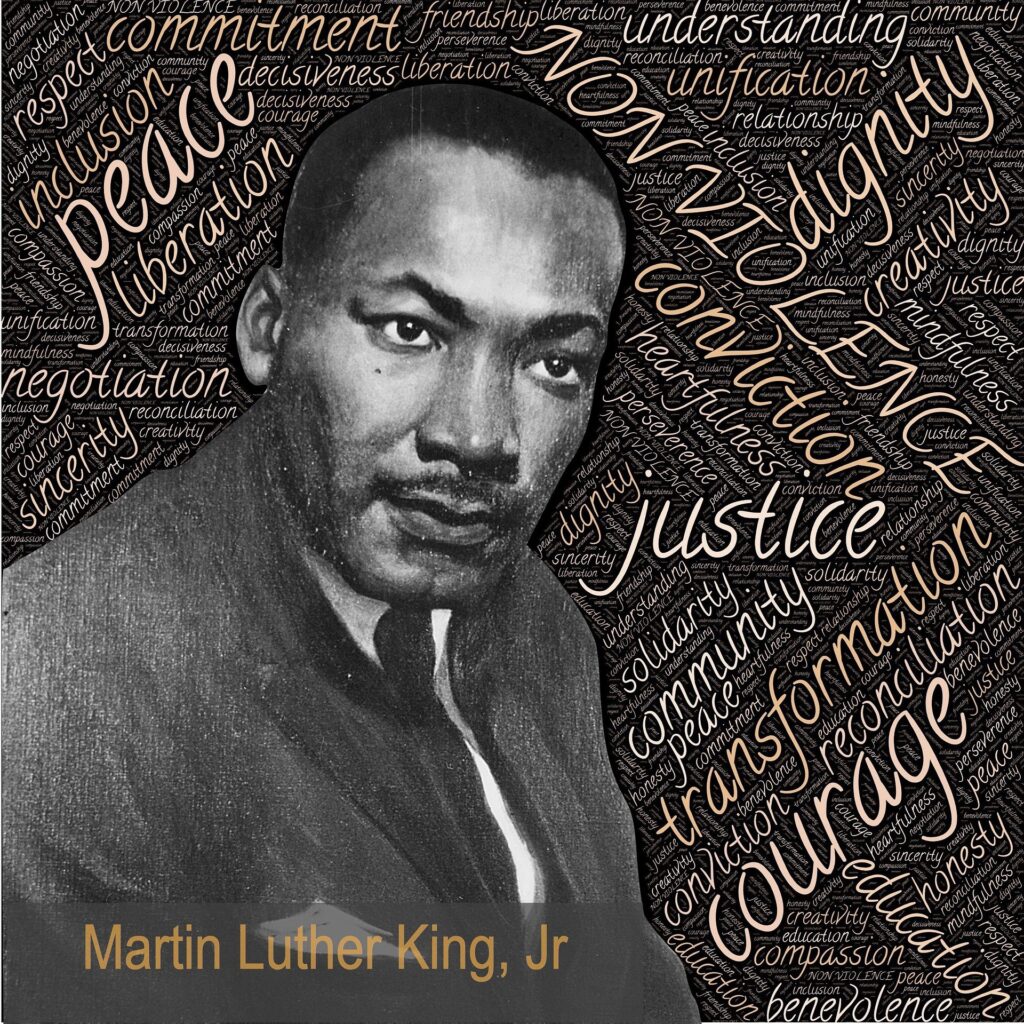Introduction: Hunger Is Not Just a Humanitarian Crisis
When we think of war, we imagine political rivalries, ethnic divisions, or territorial disputes. But beneath many of these conflicts lies a quieter but equally powerful trigger — hunger. Food insecurity not only weakens bodies; it weakens entire societies, making them more vulnerable to unrest, crime, and violent extremism.
Food security is not simply about filling plates today. It’s about creating stable, predictable access to nutritious food tomorrow, next month, and next year. That stability is one of the most underappreciated weapons in the fight for peace.
The Link Between Hunger and Conflict
When communities are hungry, desperation grows. Competition for scarce food resources often sparks disputes between neighbours, clans, or entire regions. Sometimes, hunger pushes people to migrate, which can lead to tension in host areas.
Example: In the Sahel region of Africa, prolonged droughts have reduced pasture and water sources. As herders and farmers compete for the same resources, violent clashes have increased. Food scarcity is at the heart of these tensions.

Real Story: Rwanda’s Agricultural Transformation
After the 1994 genocide, Rwanda faced a broken economy, fractured communities, and widespread hunger. Instead of focusing only on food aid, the government launched an ambitious agricultural reform program:
- Farmers were trained in modern cultivation methods.
- Cooperatives helped share resources like tractors and irrigation systems.
- Terraced farming reduced soil erosion and increased yields.
The results were remarkable — agricultural output grew, food prices stabilised, and rural incomes rose. Just as importantly, the act of working together in farming cooperatives rebuilt trust across divided communities.
Case Study: Brazil’s “Zero Hunger” Program
In 2003, Brazil launched Fome Zero (Zero Hunger), combining school feeding programs, direct support to family farmers, and food banks. Malnutrition rates dropped significantly, and rural poverty fell. By linking food access with economic opportunity, the program reduced inequality and the risk of social unrest.
Practical Peace-Building Food Solutions

1. School Feeding Programs
- Keep children in class instead of searching for food.
- Improve learning outcomes by ensuring proper nutrition.
- Often sourced from local farmers, boosting rural economies.
2. Climate-Smart Agriculture
- Drip irrigation saves water and increases yields in dry regions.
- Drought-resistant seeds protect against crop failures.
- Agroforestry improves soil health and biodiversity.
3. Local Food Markets
- Reduce transport costs and increase food freshness.
- Create local economic activity that discourages migration and conflict.
- Strengthen community ties through trade and cooperation.
The Cost of Inaction
Hunger-driven instability is expensive. Countries dealing with food-related conflicts often spend billions on security operations, humanitarian aid, and rebuilding efforts. Investing in sustainable agriculture and food distribution systems is far cheaper — and far more humane — than fighting wars caused by scarcity.
Community Role in Food Security
It’s not only governments and NGOs that can make a difference:
- Urban Gardens: Even small plots in cities can provide fresh produce and income.
- Food Cooperatives: Sharing resources reduces waste and improves efficiency.
- Nutrition Education: Teaching families how to maximise available food improves health outcomes.
The Bigger Picture: Food as a Foundation for Peace
Every full plate is more than a meal — it’s a peacekeeping tool. Food security removes one of the major sparks that ignite conflict. By ensuring people can eat today and tomorrow, we create conditions for dialogue, cooperation, and long-term stability.



